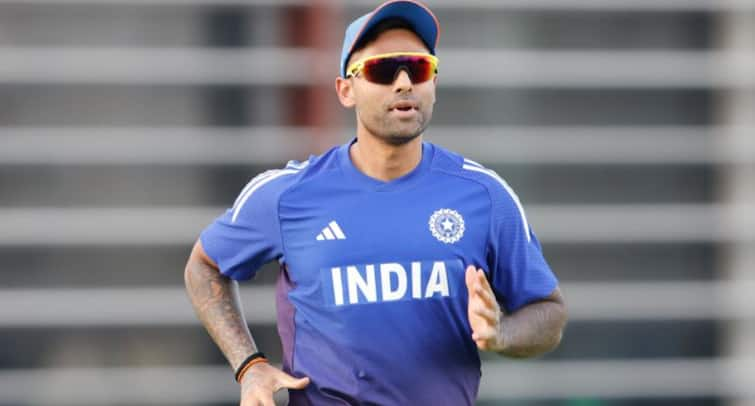Last Updated:
WHO has added new cancer and diabetes drugs to its Essential Medicines List. What’s behind the move and how could it change lives globally?

The Essential Medicines Lists are updated every two years and serve as a vital reference for countries in selecting and supplying medicines. (AI Generated/News18 Hindi)
The World Health Organisation (WHO) has revised its Model List of Essential Medicines (EML) and Essential Medicines List for Children (EMLc). New medicines have been added for the treatment of cancer, diabetes, and other serious illnesses. Additionally, treatments for conditions such as cystic fibrosis, psoriasis, and haemophilia have also been included.
These WHO lists comprise medicines that are considered the most effective, safe, and affordable worldwide. The selection is made by the WHO Expert Committee, which assesses the clinical efficacy, safety, and cost of these medicines.
Recommended Stories
New Cancer Medicines Added
According to the WHO report, cancer is the second leading cause of death globally, with 10 million fatalities annually. In response, WHO has included new cancer medicines in the Essential Medicines List, notably PD-1/PD-L1 immune checkpoint inhibitors.
These drugs enhance the body’s immune response to recognise and attack cancer cells. Included medicines such as Pembrolizumab, Atezolizumab, and Cemiplimab are used to treat various cancers, including metastatic cervical and colorectal cancer.
Medicines For Diabetes And Obesity
Diabetes and obesity have emerged as significant global health concerns. WHO has added GLP-1 receptor agonists to the list, which aid in managing type 2 diabetes, heart disease, and kidney complications. These medicines help control blood sugar levels and reduce obesity.
Notable examples are Semaglutide, Dulaglutide, and Tirzepatide, which offer relief to those suffering from these conditions.
Treatments For Cystic Fibrosis And Haemophilia
New medicines for cystic fibrosis, haemophilia, and blood disorders have also been included. These treatments aim to make disease management quicker and more effective, providing particular benefits in developing countries. WHO’s goal is not only to improve access to medicines but also to ensure they remain affordable for all.
Given the high costs of medicines such as Semaglutide and Tirzepatide, WHO has urged efforts to increase affordable generic competition and to make these drugs available at the primary care level.
Widespread Use And Updates
Medicines on this list are used in over 150 countries worldwide. They are chosen with consideration for the health priorities of populations globally. To date, the WHO has updated the EML 24 times and the EMLc 10 times, adding new medicines accordingly.
The Essential Medicines Lists are updated every two years and serve as a vital reference for countries in selecting and supplying medicines. The primary aim of these lists is to guarantee the availability of essential, effective medicines within health systems worldwide.
September 10, 2025, 11:24 IST
Loading comments…
Go to Source
Author: News18




